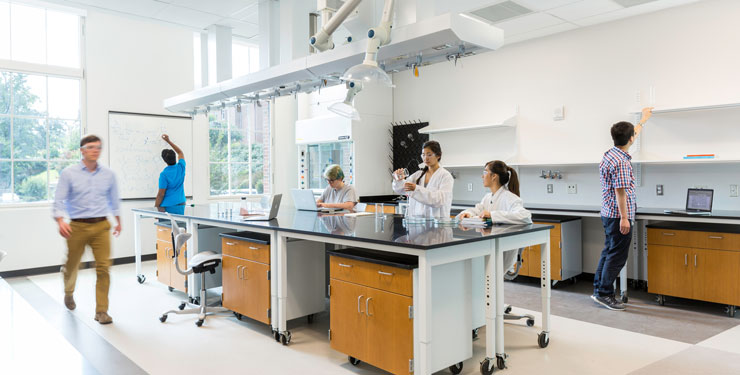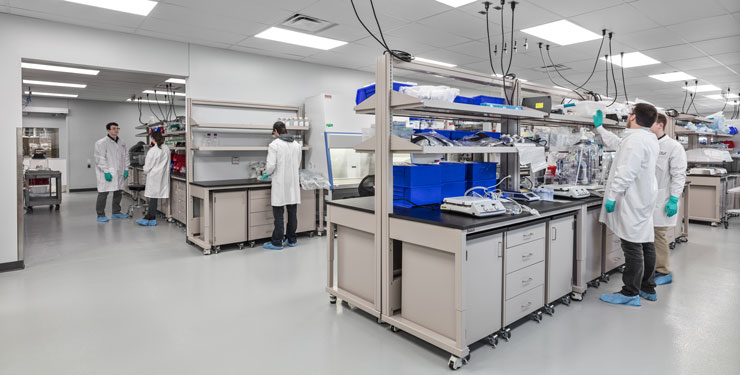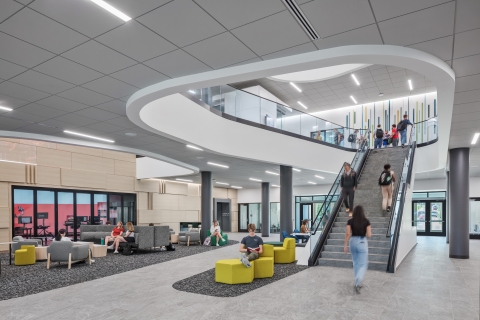
Want to Increase Innovation? Focus on Your People
Innovation is critical in all industries but carries extra challenges and rewards in the laboratory environment. Depth of understanding requires much more exacting precision and repetition, with each experiment or evaluation occurring under identical circumstances. Sparking innovation, though, demands more than just repeatable circumstances or, worse yet, spaces.
In a post-COVID world, it is imperative for laboratory design professionals to focus on creating spaces that nurture ingenuity and creativity while offering an exceptional work experience. Creating those spaces requires thinking about five essential factors: people proximity, spaces for exchanges, spaces that inspire innovation, flexibility, and adaptability for various types of work performed, and a “we” versus “me” mentality.
Trends in lab design innovation
Since the pandemic, shorter research and development timelines and the birth of numerous boutique research companies have created increased competition in lab innovation, putting more pressure on the industry’s traditional, well-established giants. On the other hand, an ongoing crossover between industry, government, and academia is creating increased, open collaboration. It is a volatile time for innovation, even before thinking about technology’s role.
With the current explosion in artificial intelligence (AI) technology, laboratories are also dealing with its impact on lab processes, lab design, and resulting innovation. In addition, newer single-use systems can autonomously perform testing and diagnostics. When combined with AI, they allow for continuous, round-the-clock work with the elimination of human errors, bias, and other limiting factors. The potential is limitless, but capturing and maximizing those abilities requires thoughtful consideration.
Innovation and behavioral drivers
Amidst this perfect storm of technology and market forces, it’s crucial for leaders not to lose sight of the top differentiator between success and failure—people. Post-pandemic, the attraction and retention of talent remains a challenge in any profession. In the laboratory industry, where innovation is the lifeblood, this is even more pronounced. Spaces that inspire creativity and offer restorative properties are not just a luxury but a necessity for those looking to function at their peak.
Gone are the days of static, inflexible lab designs characterized by rows of workbenches furnished with stationary equipment used by a single, isolated scientist. Instead, they are replaced by environments that inspire teamwork, collaboration, and innovation (Figure 1). Design decisions, like the following, can be used to drive behaviors that impact innovation in today’s laboratories for tomorrow.
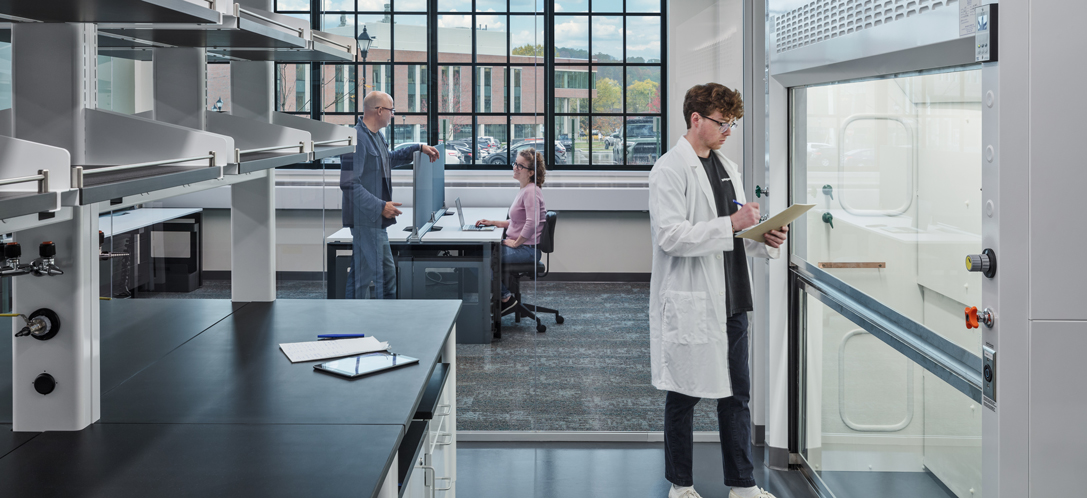
Figure 1. Lab bench space with adjacent glass-enclosed space for meeting.
#1: People mixing and proximity
Several studies have concluded that in-person collaboration yields more numerous and significant breakthroughs than remote work and that remote teamwork, in fact, limits meaningful innovations. Some have even quantified the distance at which optimal collaboration and creativity occur. It’s indisputable that substantive, impactful conversations are likelier to take place in close physical proximity than in remote settings. The past several years show that while people can be productive in remote settings—more so, according to some studies—the innovative aspects of collaboration within a team must happen in person, especially in the lab environment.
#2: Spaces for exchanges
Recent evidence indicates that mixing teams or different groups of workers can increase performance. Creating spaces in which people from other internal labs or disciplines can “collide” with one another leads to opportunities to spark innovation via chance encounters. This doesn’t just have to be about work conversations; simple conversations about the latest sports game or TV series help to build connections and trust, which is just as important to building teams and creating an environment for innovation.
Labs are accomplishing this goal through subtle implementation of minor building design changes, such as creating spaces for collisions in corridors between labs and offices or amenity spaces. This allows co-workers with no planned reason to interact during a workday to be more likely to meet up via chance encounters and exchange ideas. Open, “communicating” stairs between floors, as opposed to dreary fire exit stairways, also enable increased collaboration between people working on different floors (Figure 2).
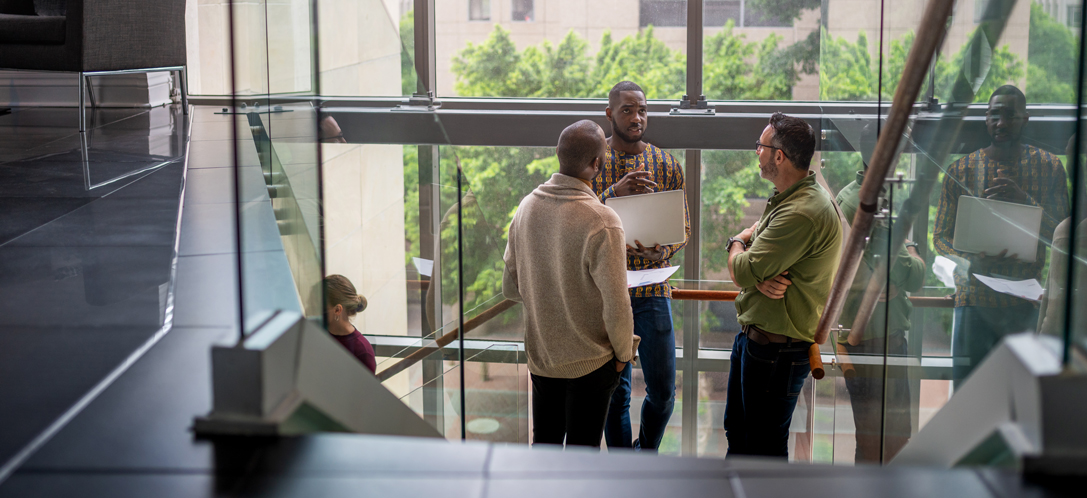
Figure 2. Open, communicating stair connecting floors internally, leading to improved “communication” between floors.
#3: Spaces that inspire and enable innovation
While some types of spaces may inspire creativity in the world of business, in the laboratory, the focus is on creating specific features within those spaces. For example, higher ceilings lead to increased open, abstract thought. Invigorating spaces with brighter lighting increases occupant productivity. Warm lighting encourages more risk-taking and supports better problem-solving, while daylight alone improves job performance, satisfaction, and retention (Figure 3). There is even evidence that biophilia, i.e., natural elements in built environments, can lead to restorative benefits that improve creativity, which leads to innovation.
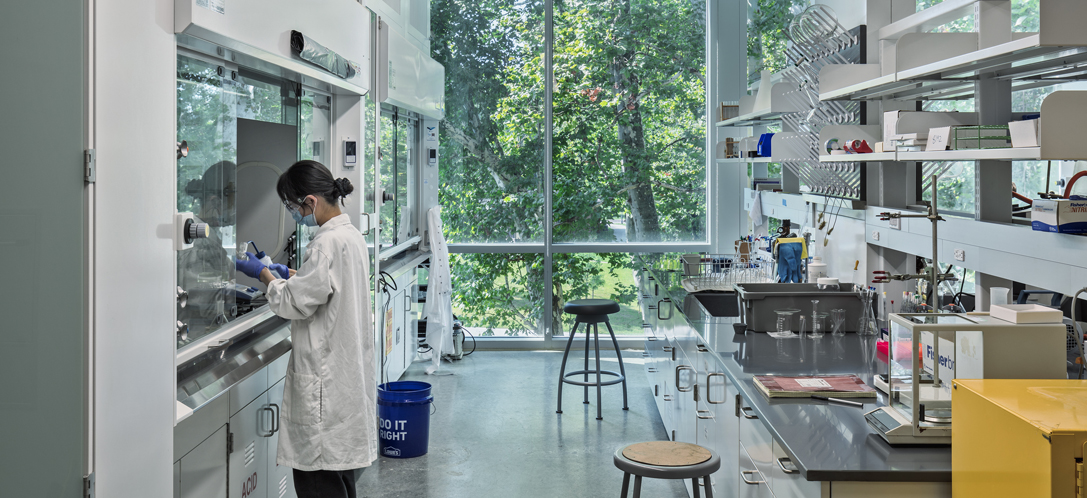
Figure 3: A lab space with bright light and daylight enables employee performance and satisfaction.
Lastly, people working in laboratories also need the opposite effect—restorative spaces that enable them time to re-energize, free from the intensity of deep concentration and collaboration. Comfort, privacy, and the incorporation of elements of nature are essential to creating an effective restorative space (Figure 4).
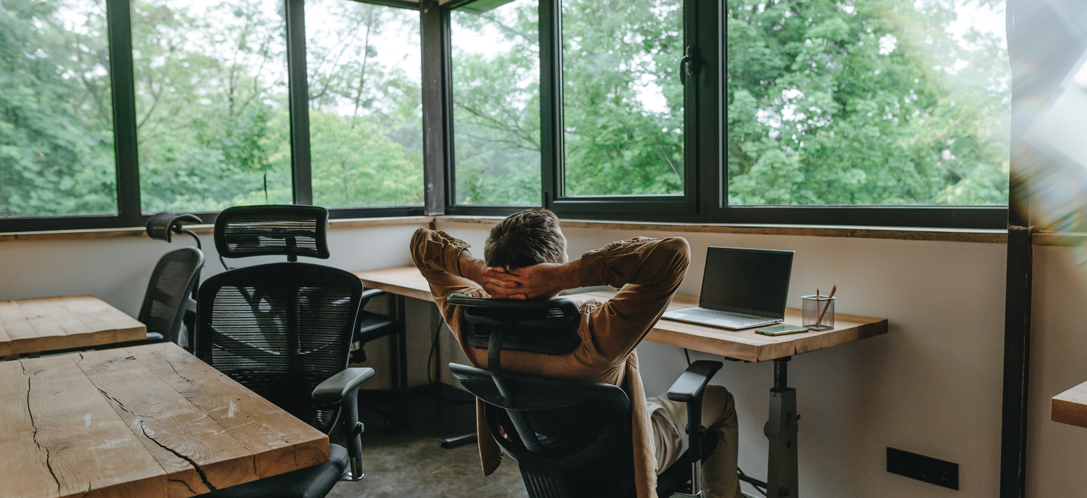
Figure 4. A restorative space featuring green views.
#4: Flexibility and adaptability for various work performed
Providing the right space for the right work means maximizing both flexibility and adaptability. This entails thinking through the creation of spaces that can support specific work activities or respond to people's changing needs in real time—movable walls, furniture, machinery, and other components that can change and adapt at a moment’s notice. Professionals can reconfigure each element quickly, accommodating varying team sizes for small- or large-group collaboration.
#5: “We” versus “me” mentality
Innovation is often a collaborative process of people sharing their thoughts, resources, and spaces. Too frequently, though, laboratory scientists view, and worse yet, feel entitled to workspaces and equipment as theirs alone (“me”). The problem is that equipment can be too expensive and limited to use by only one person, just a few times per week. Active, consistent equipment utilization saves money for additional or more advanced equipment purchases and can be used to create better spaces. Sharing resources (“we”) can also nudge people to move to different spaces for different work activities rather than staying at an individual lab bench or desk all day. This increases the chances of a collision, resulting in a conversation with colleagues and, ideally, an innovative spark.
Focusing on people creates challenges to traditional lab design
The most pragmatic challenge in lab design is engineering around powering equipment, controlling the flow of gases and liquids, and maintaining proper temperatures. One overlooked challenge, though, is demonstrating the value of creating restorative spaces for innovators to recharge. Intense focus, collaboration, or other cognitive tolls decrease people’s ability to innovate. Employees need restorative spaces to work at their best, but it’s an indirect value to innovation, which is challenging to demonstrate upfront.
Traditionally, key performance indicators (KPIs) track the number of innovations, research grants, average grant revenue, time to market, and patents—metrics that speak to the effectiveness and efficiency of work. Like other industries today, though, labs have to look at metrics regarding the experience of work as well, such as employee satisfaction, types and frequency of collaborations, net promoter scores (NPS), and attraction and retention numbers.
The future of driving innovation
This discussion wouldn’t be complete without recognizing the impact that AI and automation will have on lab space five to ten years down the line. While many experts predict a lessening of laboratory personnel, the reality is likely to be more of a reshuffling. Fewer people in the labs filling test tubes and running analyses are possible, but the thinkers and innovators will take on added importance.
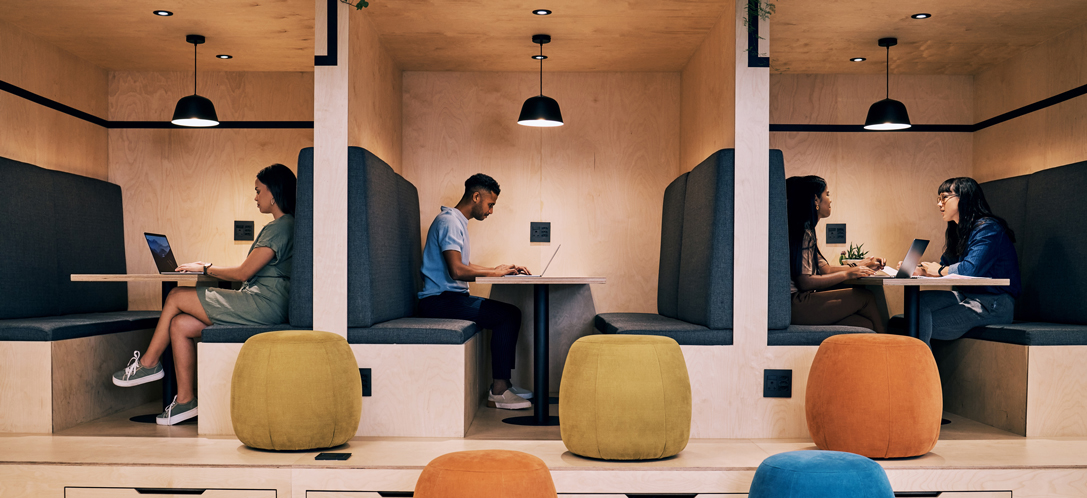
Figure 5. Experiential, flexible, and adaptable space outside the lab for individual and group innovation.
The key to innovation in the laboratory is people—attracting and retaining top talent and giving them the resources and spaces they need to collaborate as a team. People are more efficient, effective, and innovative in spaces that support them and their work (Figure 5). Creating people-centered, collaborative, and flexible laboratory spaces provides people with the experiential environments necessary to work individually and collectively by supporting all types of work activities, such as focus, collaboration, and recharging, toward the ultimate goal of innovation.
This article was originally published by Lab Design News.
Let’s get to work. Complete our contact form today.
Author
Content Type
Published Articles
Date
June 19, 2024
Market
Topic
Laboratory Design
Innovation


